Expansion of Medical Aesthetics
The aesthetics market in South America is witnessing a significant expansion of medical aesthetics, which encompasses a range of procedures performed by licensed medical professionals. This expansion is largely attributed to the increasing acceptance of aesthetic treatments as a legitimate aspect of healthcare. The market is estimated to reach a value of $3 billion by 2026, reflecting a growing recognition of the psychological benefits associated with aesthetic enhancements. Furthermore, the integration of aesthetic procedures into traditional medical practices is becoming more common, as healthcare providers seek to diversify their services. This trend not only broadens the scope of the aesthetics market but also enhances the credibility of aesthetic treatments, attracting a more diverse clientele.
Rise of Male Aesthetic Treatments
The aesthetics market in South America is experiencing a notable shift with the rise of male aesthetic treatments. Traditionally dominated by female clientele, the industry is now witnessing an increasing number of men seeking aesthetic procedures. This trend is indicative of changing societal norms and a growing acceptance of male grooming and aesthetics. Recent surveys indicate that approximately 30% of men in urban areas have expressed interest in aesthetic treatments, ranging from skincare to minimally invasive procedures. This demographic shift is prompting clinics to tailor their marketing strategies and service offerings to cater specifically to male clients. As a result, the aesthetics market is likely to see a diversification of services, which could lead to increased revenue streams and a broader customer base.
Increasing Demand for Aesthetic Procedures
The aesthetics market in South America experiences a notable surge in demand for aesthetic procedures, driven by a growing emphasis on personal appearance and self-care. This trend is particularly pronounced among younger demographics, who are increasingly seeking non-invasive treatments. According to recent data, the market is projected to grow at a CAGR of approximately 8% over the next five years. This increasing demand is further fueled by the rise of social media, where individuals showcase their aesthetic enhancements, thereby influencing peers. As a result, the aesthetics market is witnessing a shift towards more accessible and affordable treatment options, catering to a broader audience. Clinics and practitioners are adapting their offerings to meet this demand, which is likely to enhance competition and innovation within the sector.
Influence of Social Media on Aesthetic Choices
The aesthetics market in South America is profoundly impacted by the influence of social media on aesthetic choices. Platforms such as Instagram and TikTok play a crucial role in shaping public perceptions of beauty and desirability. Users often share their aesthetic journeys, showcasing before-and-after results, which can significantly influence the decisions of potential clients. This trend has led to an increase in demand for specific procedures that are popularized online. Data suggests that approximately 40% of individuals seeking aesthetic treatments cite social media as a primary source of inspiration. Consequently, the aesthetics market is adapting its marketing strategies to leverage social media, creating targeted campaigns that resonate with the digital-savvy population.
Technological Integration in Aesthetic Practices
The aesthetics market in South America is significantly influenced by the integration of advanced technologies in aesthetic practices. Innovations such as laser treatments, 3D imaging, and artificial intelligence are transforming the way procedures are performed and marketed. Clinics are increasingly adopting these technologies to enhance patient outcomes and streamline operations. For instance, the use of AI in patient consultations is becoming more prevalent, allowing for personalized treatment plans. This technological advancement is expected to drive market growth, with projections indicating a potential increase in market size by 15% over the next five years. As the aesthetics market embraces these innovations, it is likely to improve efficiency and patient satisfaction, thereby attracting a larger clientele.


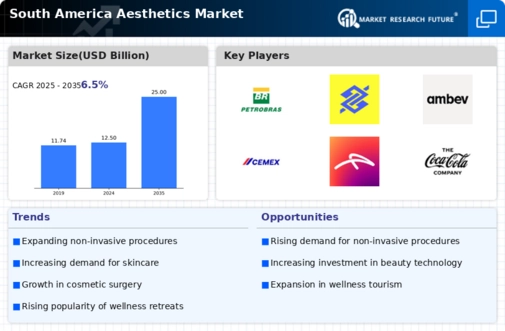
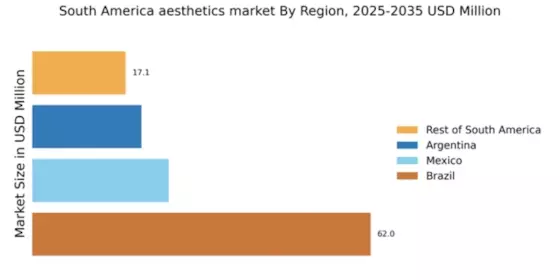

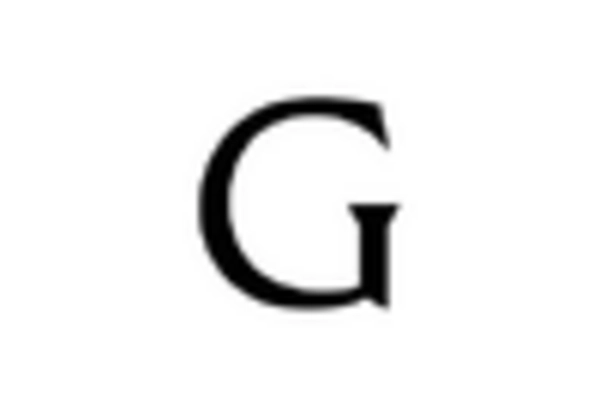
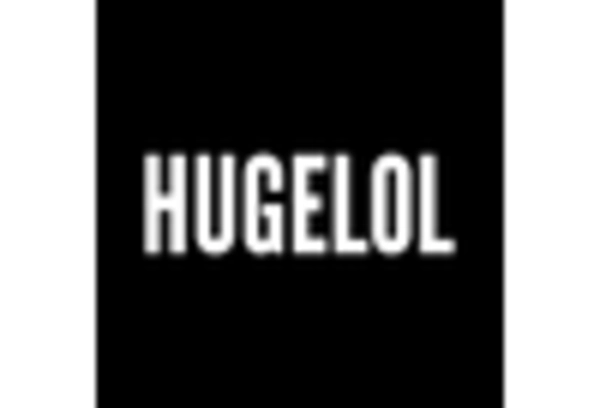
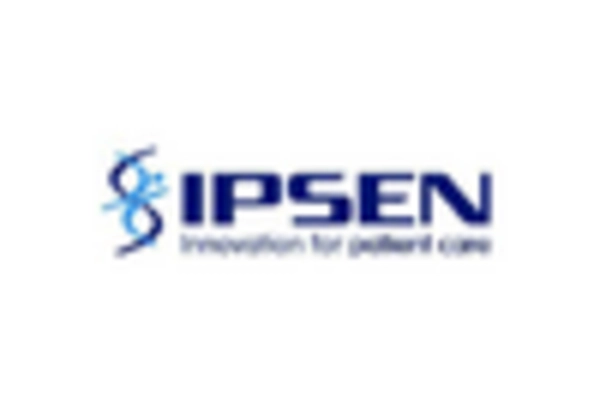










Leave a Comment